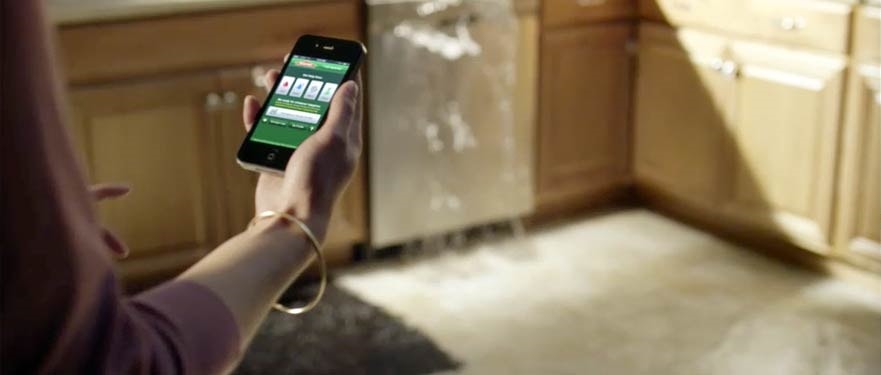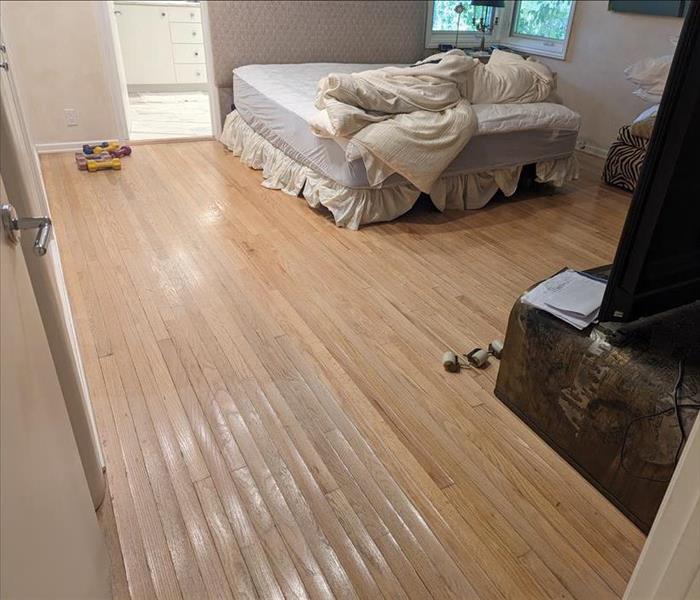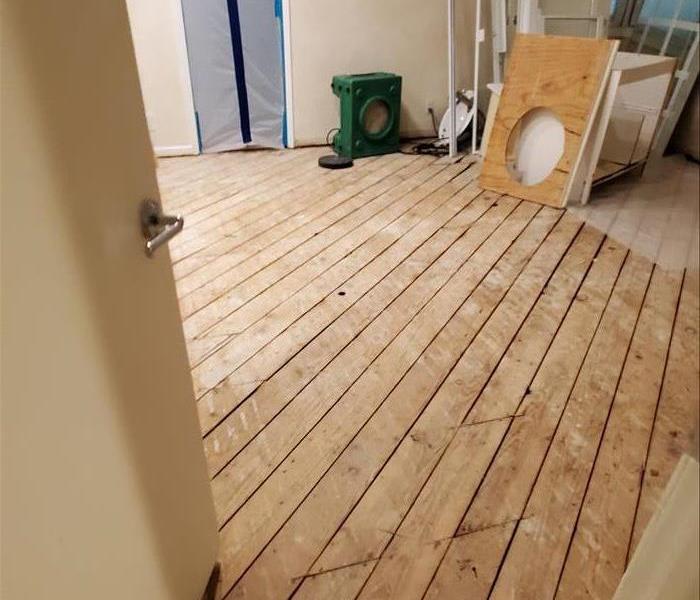
Water Damage Emergency Tips
What you can do until help arrives
Water Tips | Fire Tips | Biohazard Tips | Mold Tips
After any water damage situation, the first step you take should be safety first:
Look for safety hazards.
Is it safe to stay in the house?
Electrical and "slip and fall" hazards are some of the most prevalent concerns.
Only do activities that are safe for you to perform.
Wet materials can be VERY heavy as they are weighted down so have someone help you remove the wet materials.
What you can do until help arrives is:
Try and remove excess water by mopping and blotting.
Wipe the excess water from wood furniture after you remove the items that are on top.
Remove and put wet upholstery and cushions in an area that is not wet. The best option is outside if possible.
Place aluminum foil if you do not have wood blocks between furniture legs and wet carpeting.
Turn air conditioning on for maximum drying in summer and to control humidity
Remove colored rugs from wet carpeting so it doesn’t bleed through
Remove art objects to a safe, dry place.
Gather all loose items from floors and place them in a safe dry area.
Have A Water Damage Emergency? Call (310) 456-2135
What To Do After Flooding
- Remove excess water by mopping and blotting.
- Wipe excess water from wood furniture after removal of lamps and tabletop items.
- Remove and prop wet upholstery and cushions.
- Place aluminum foil or wood blocks between furniture legs and wet carpeting.
- Turn air conditioning on for maximum drying in summer.
- Remove colored rugs from wet carpeting.
- Remove art objects to a safe, dry place.
- Gather loose items from floors.
What NOT To Do After Flooding
- Don't leave wet fabrics in place. Hang furs and leather goods.
- Don't leave books, magazines or other colored items on wet carpet or floors.
- Don't use your household vacuum to remove water.
- Don't use television or other household appliances.
- Don't turn on ceiling fixtures if ceiling is wet, and keep out of rooms where ceilings are sagging.






 24/7 Emergency Service
24/7 Emergency Service




